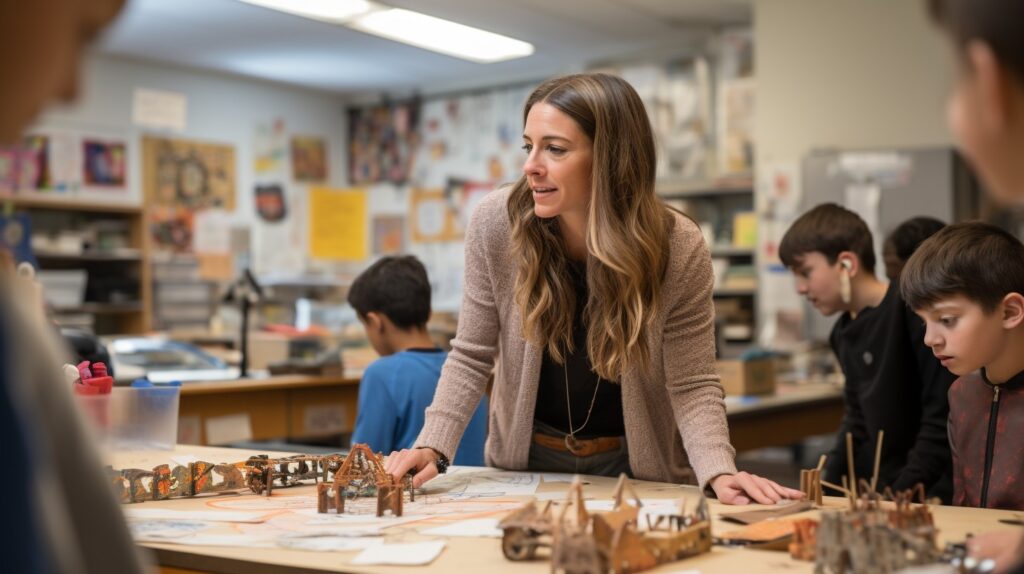Art Education: Fostering Creativity and Critical Thinking
Contents
Art Education: Fostering Creativity and Critical Thinking
Introduction
Art education covers a wide range of subjects, including visual arts, music, drama, and dance. It includes students’ creativity, critical thinking skills, and appreciation of diverse cultures and aesthetics. Art education plays an important role in the overall development of children and prepares students for a multifaceted world.

Importance of Art Education
- Creativity and Innovation: Art education fosters imagination and problem-solving skills.
- Critical Thinking: Students learn to analyze, interpret and evaluate artistic works.
- Communication: Art provides a powerful means of expressing ideas and emotions.
- Cultural Understanding: Exposure to diverse art forms promotes appreciation of different cultures.
- Social and Emotional Development: Art education can increase self-esteem, empathy and cooperation.
Basic Components of Art Education
Art education typically includes:
- Visual Arts: Drawing, Painting, Sculpture, Printmaking, and Digital Art.
- Music: Singing, playing, music theory, and music history.
- Drama: Acting, Improvisation, Scriptwriting, and Stagecraft.
- Dance: Movement, Choreography, and Performance.
- ** Art History and Criticism: ** Studying art history and developing critical analysis skills.
Table: Benefits of Art Education

| Advantage | Description |
|---|---|
| Scientific development Improves problem solving, critical thinking and creativity. | |
| Emotional development Increases self-expression, empathy, and flexibility | |
| Social development Promotes cooperation, teamwork, and communication skills | |
| Academic success Correlates with higher test scores and overall academic achievement | |
| Career Preparation | Develops valuable skills in various professions |
Frequently Asked Questions About Art Education
Is art education necessary for all students?

- Yes, arts education is important to the overall development of children and benefits students of all abilities.
How does art education prepare students for the future? - Art education fosters skills such as creativity, problem solving and communication, which are essential in the 21st century workforce.
*Can art education improve academic performance?
*Studies have shown a positive relationship between art education and academic achievement.
How can parents support their child’s art education? - Encourage creativity, provide art supplies, visit art museums, and attend school art events.
What are the challenges facing art education? - Budget cuts, standardized testing, and a narrow focus on core subjects often limit opportunities for art education.
Result
Art education is an invaluable component of an excellent curriculum. By fostering creativity, critical thinking and cultural understanding, it equips students with essential life skills. Prioritizing art education and providing ample opportunities for students to explore their artistic talents is imperative.

Would you like to focus on a specific aspect of art education, such as the role of technology in art education, art education for students with disabilities, or the importance of arts integration?







